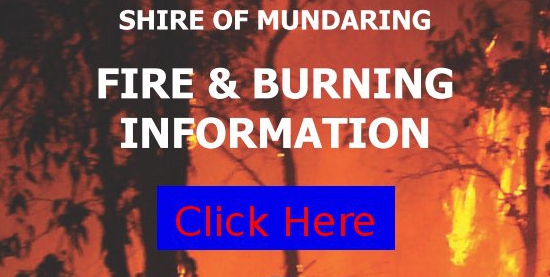Controlled Burns
Controlled Burns, also known as Hazard Reduction Burns or Prescribed Burns, are specially lit and controlled fires designed to reduce the available fuel in an area. Extensive research has been conducted into the effects of fuel reduction to fire behaviour and intensity, by organisations such as CSIRO and The Department of Environment and Conservation. The research unequivocally shows the benefits of controlled burns in terms of reducing the risk to life and property as well as long term health of the eco-system. Department of Fire and Emergency Services (DFES), CSIRO and most Volunteer Bush Fire Brigades support and promote conducting controlled burns. When conducting controlled burns, fires are lit under specific weather conditions and in a carefully planned way to control the intensity of the fire. The aim of the fire is to reduce the amount of ground level fuel, while avoiding igniting the larger fuel items such as trees, logs and stumps. Special consideration needs to be given to things such as avoiding causing a smoke nuisance or allowing the spread of weeds. There are several information pamphlets available from DFES to assist home owners with conducting their own controlled burns. People interested in having a controlled burn on their property should contact their local fire brigade. In most areas, local laws will regulate if and when controlled burns may be conducted and residents should investigate this with their local shire or council.
When the conditions are right, and outside of the Prohibitted Burning Period, sections of the Department of Parks and Wildlife (DPAW, formerly DEC) conduct 'prescribed' controlled hazard reduction burning; as do sections of DFES, local government fire management and volunteer fire brigades.
Shire of Mundaring Fire & Burning Information
The Shire of Mundaring publishes information each year for residents to help prepare their properties and protect them from bush fires:
The document is also available in printed form by applying to the Shire of Mundaring.

